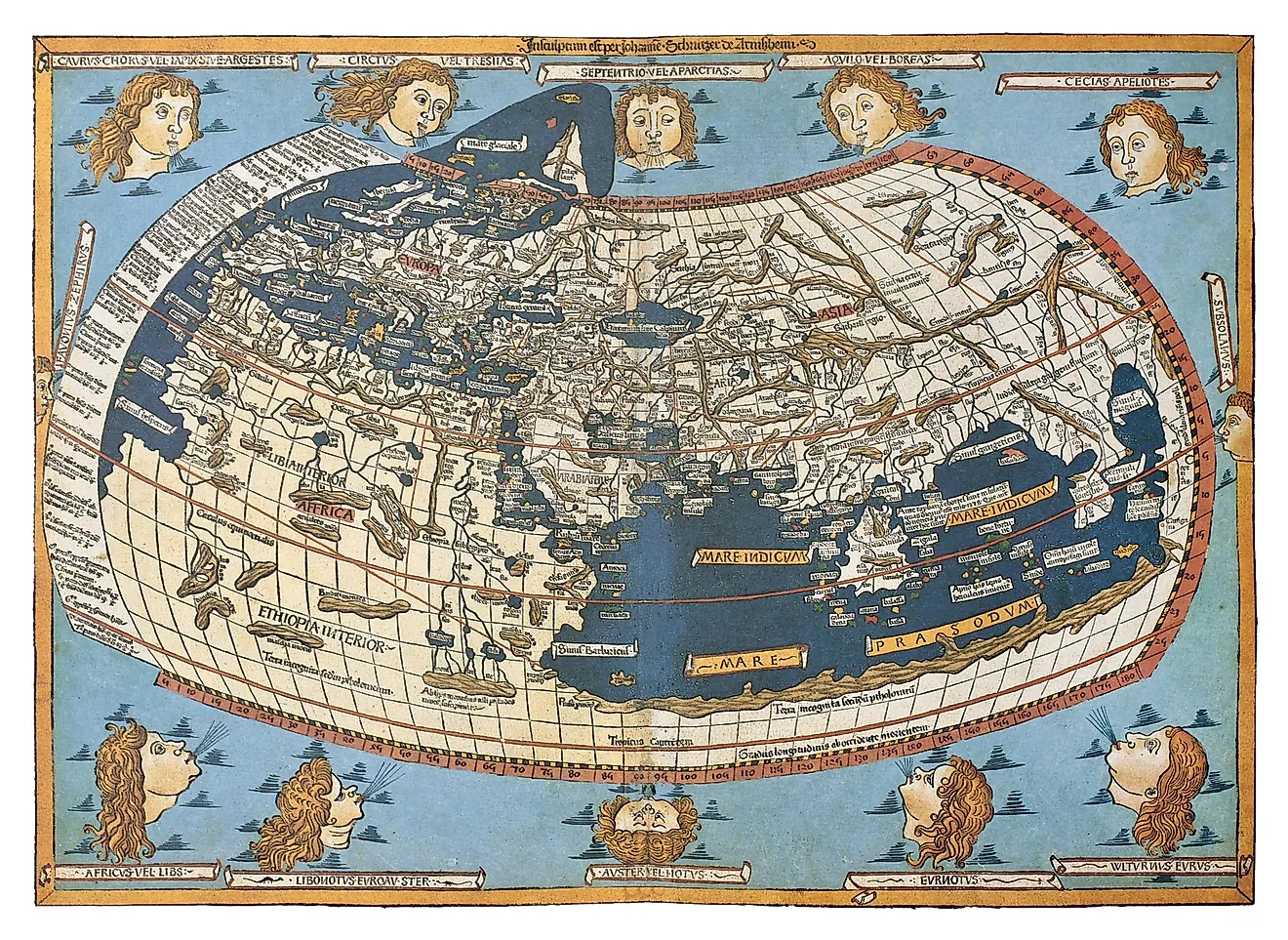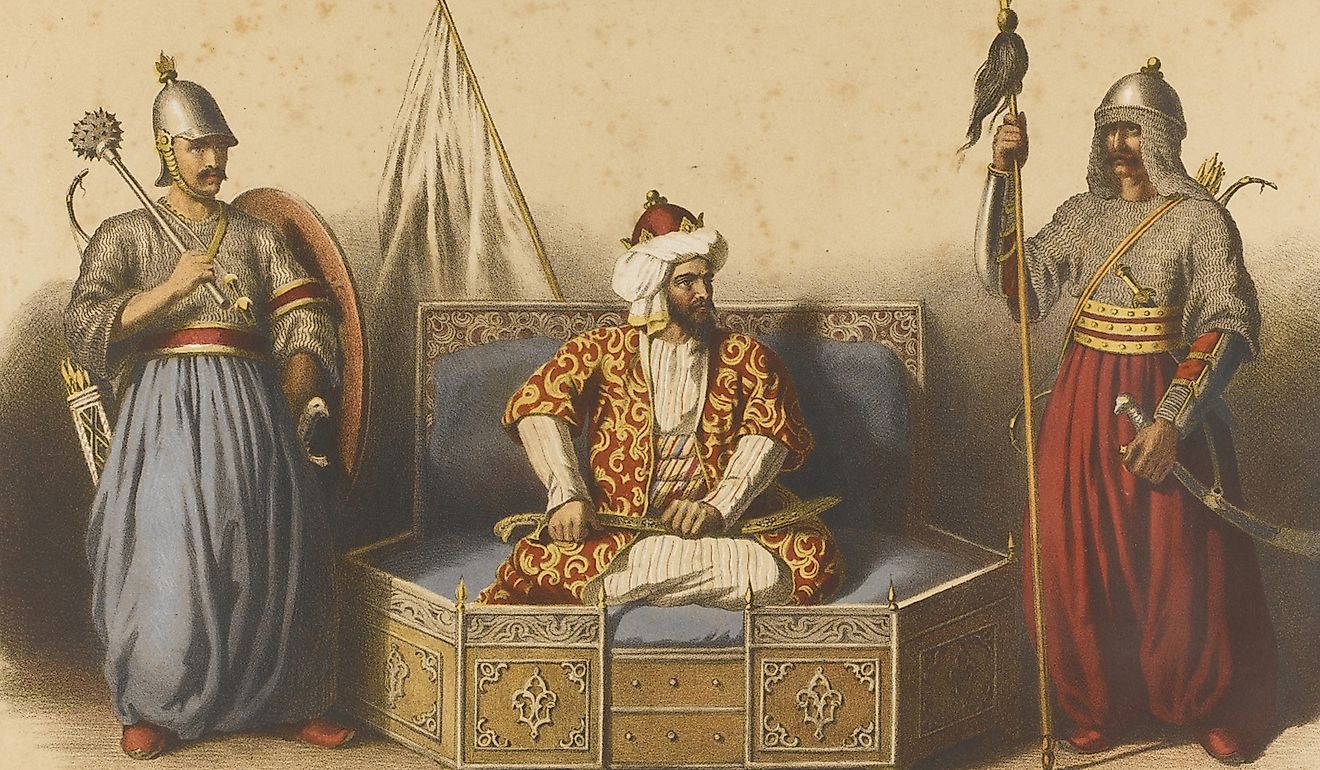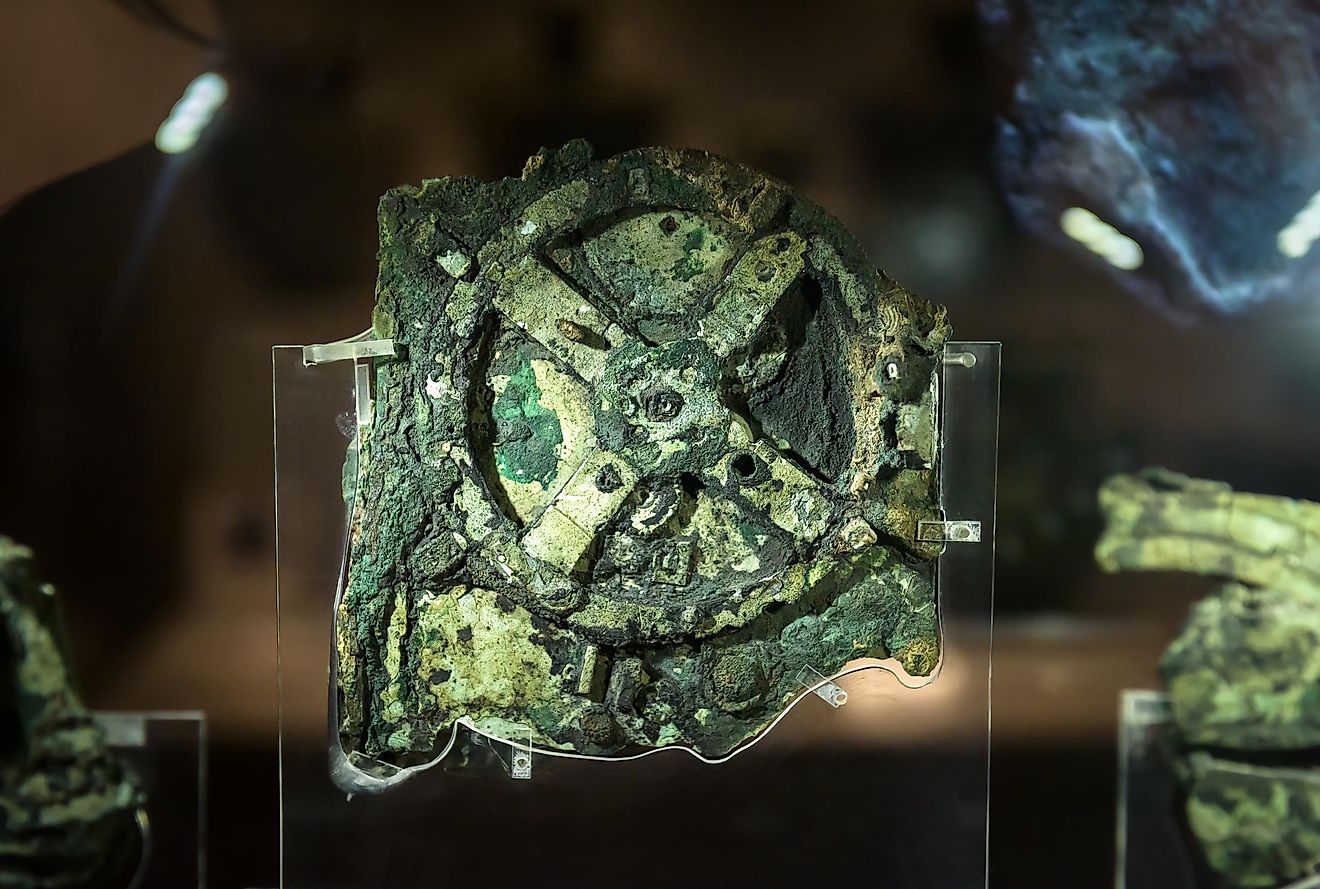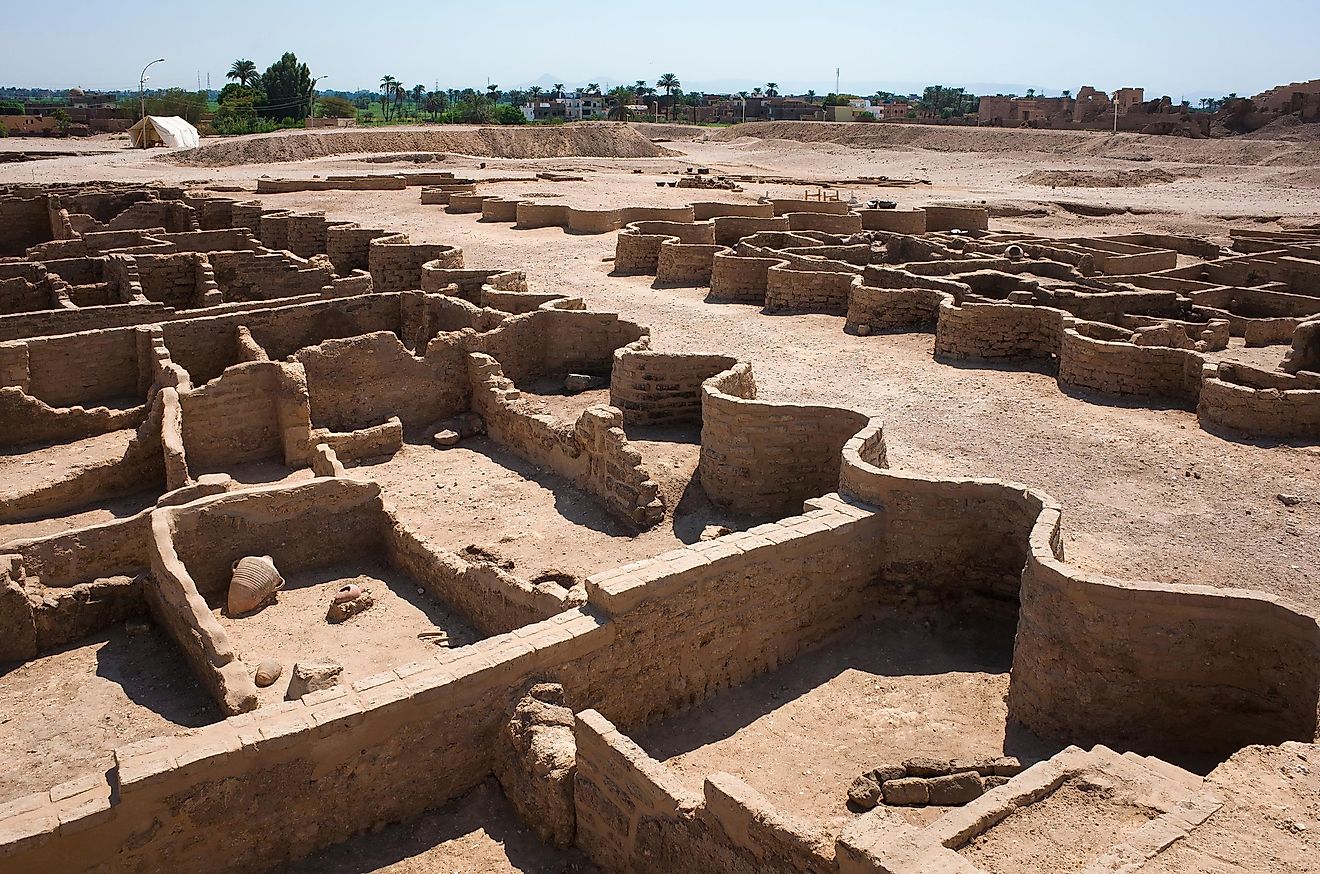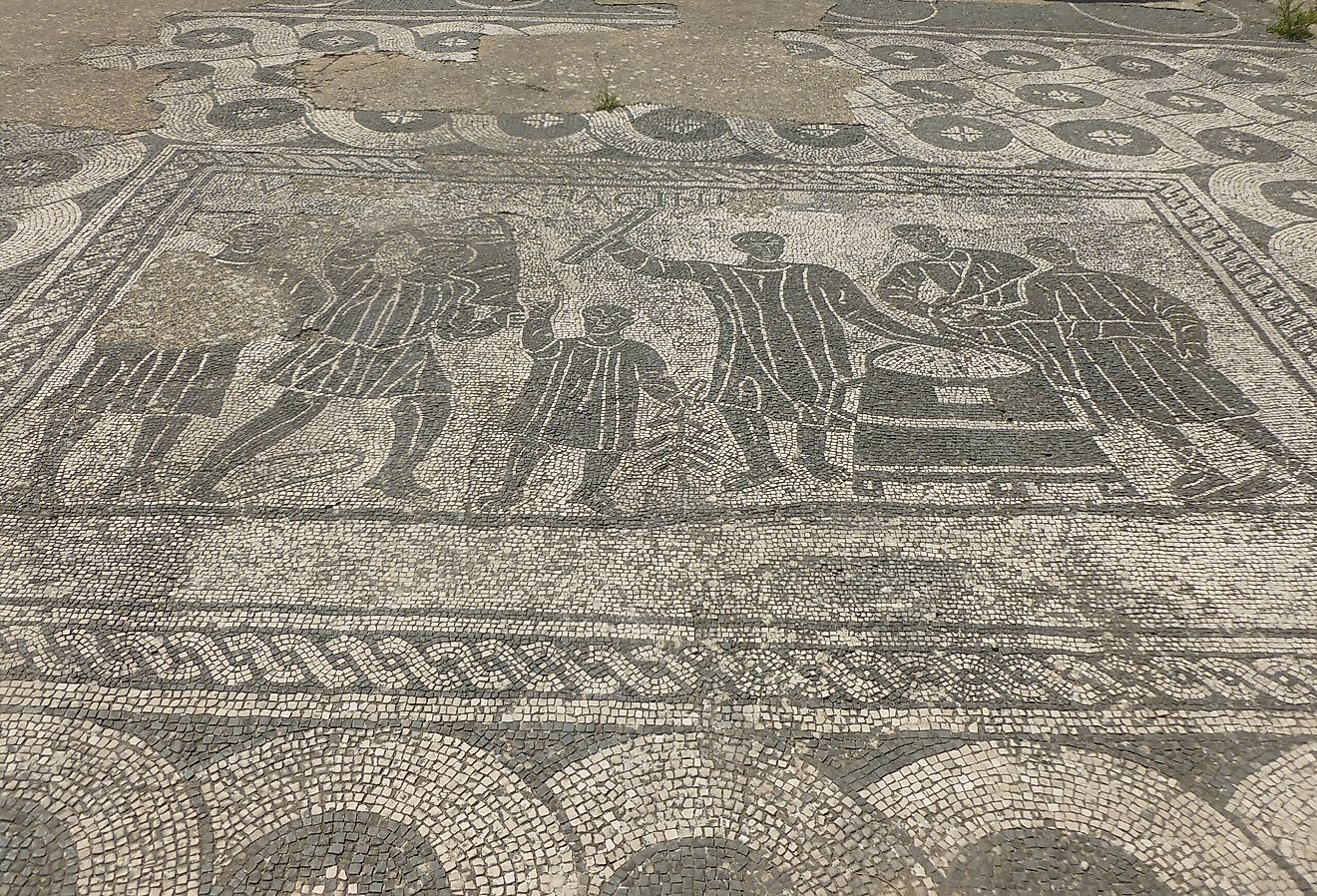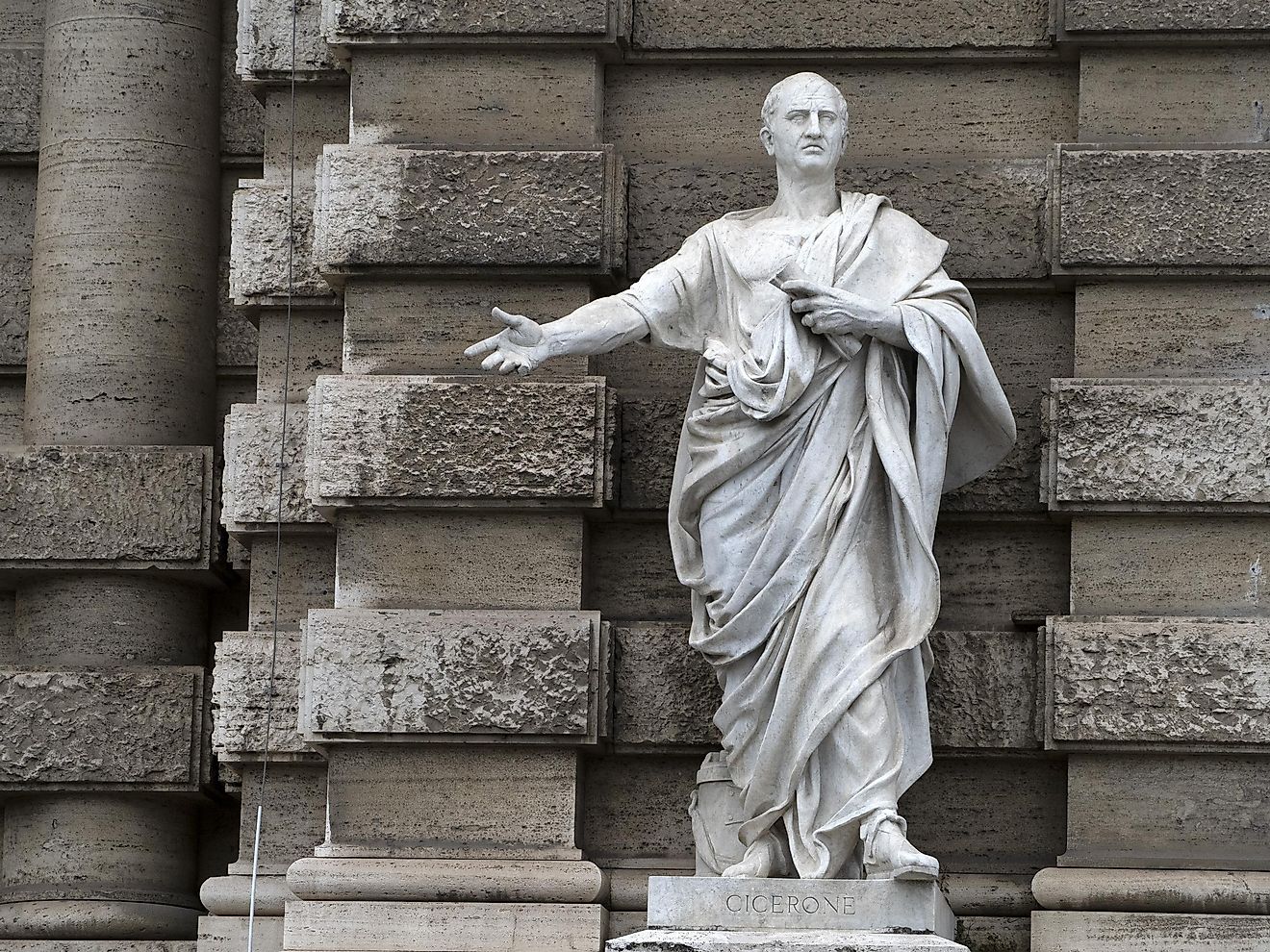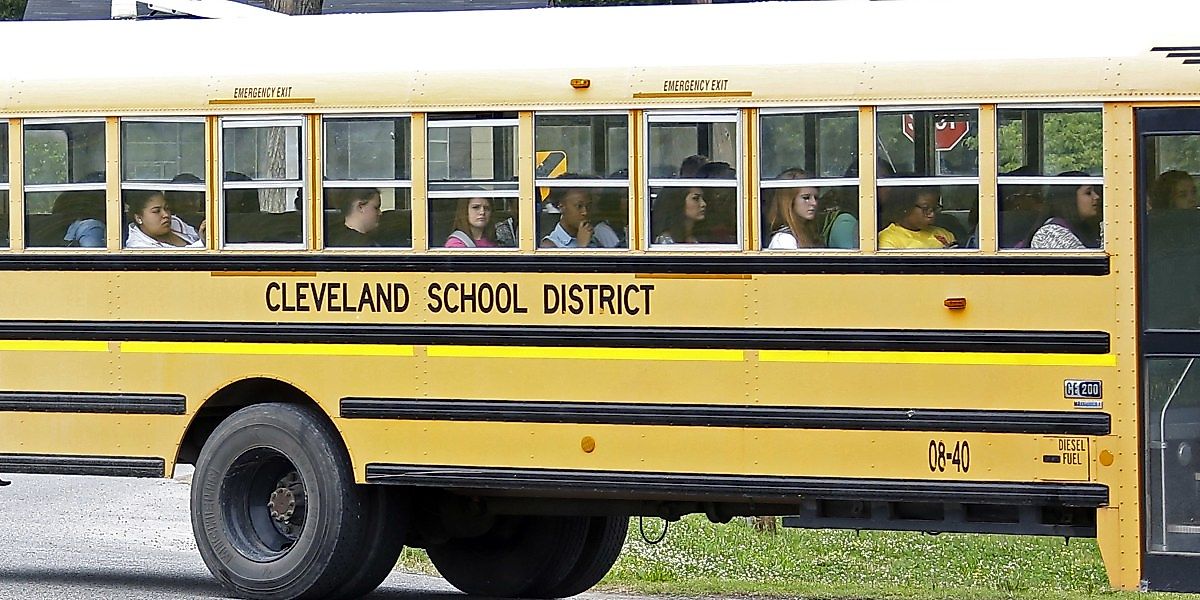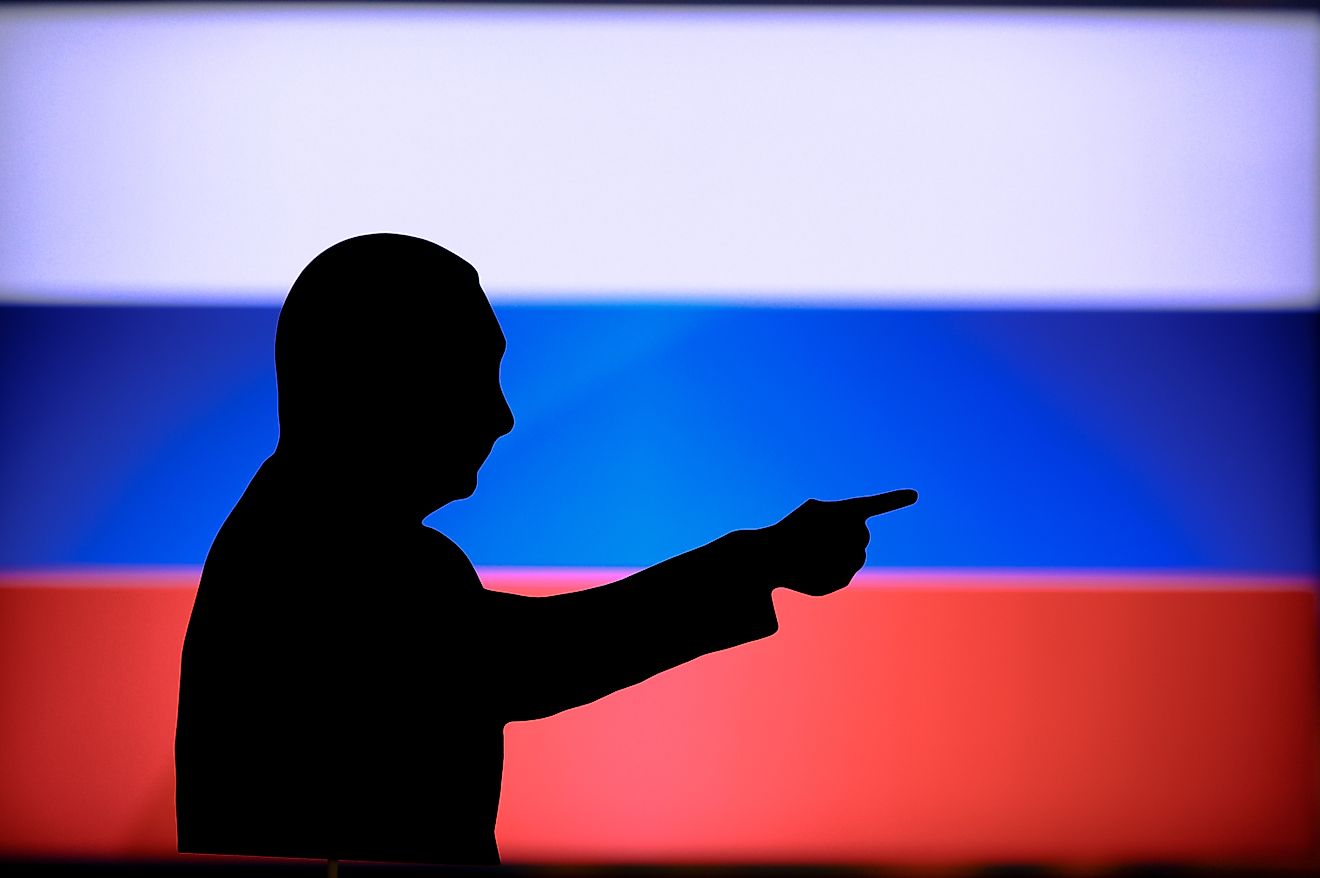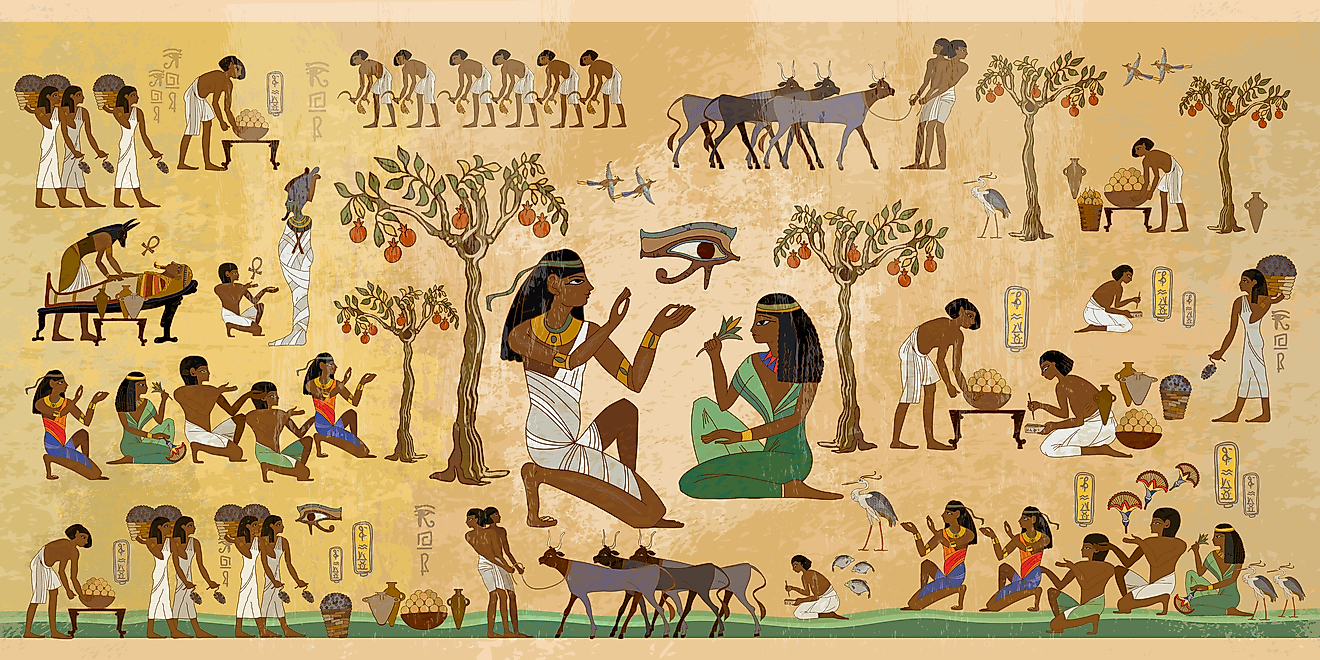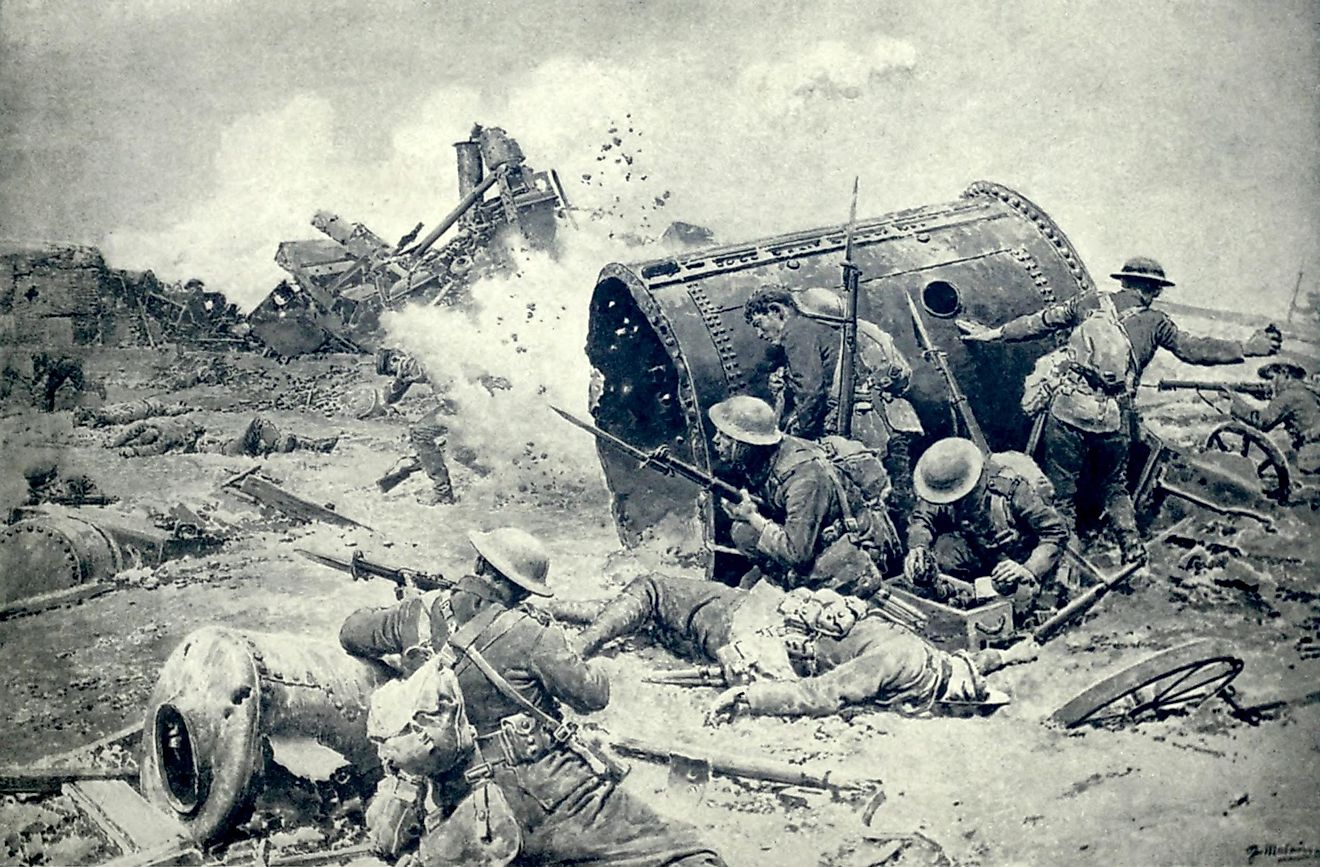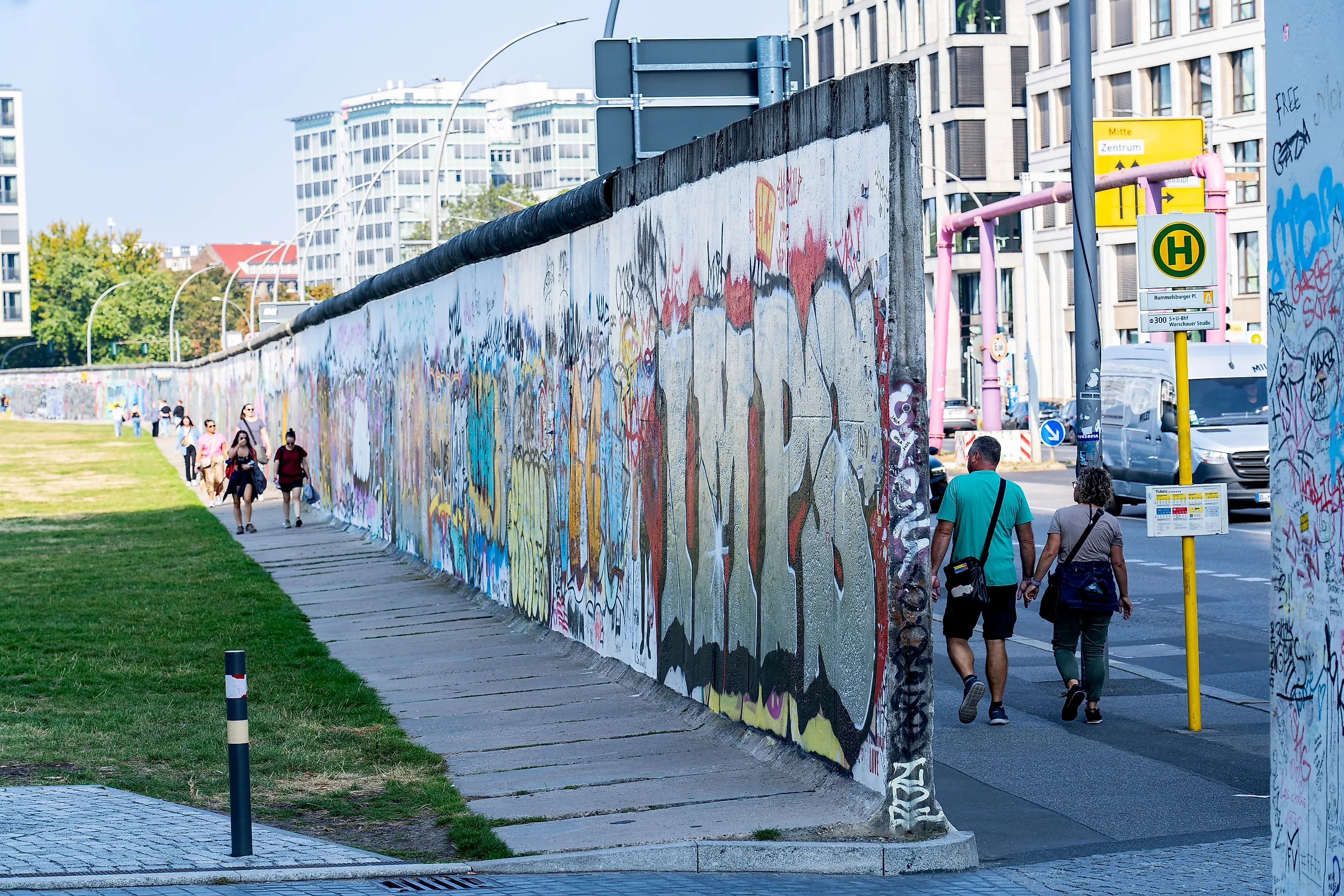
Why Did The Berlin Wall Fall?
The Berlin Wall was one of the most important symbols of the Cold War. As a barrier separating East and West Berlin, it embodied the division between the communist Eastern Bloc and the capitalist Western Bloc. Therefore, the fall of the Berlin Wall in November 1989 was a significant event. It marked the height of the revolutionary period of the late 1980s and early 1990s, during which protests against Marxist-Leninist governments across Eastern Europe and Central Asia led to their overthrow. It was also a major blow to the Soviet Union (USSR), which dissolved in 1991. For all these reasons, and more, the fall of the Berlin Wall is crucial to analyse.
Background
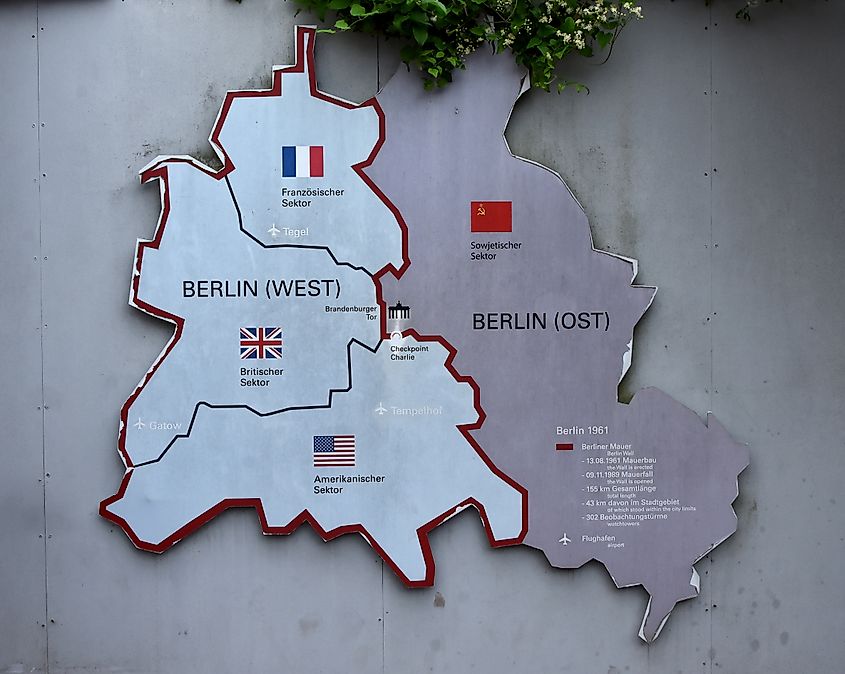
At the end of World War II, Germany was occupied by the United States (US), the United Kingdom (UK), France, and the Soviet Union. Despite initial attempts to govern the country together, a division soon formed between the Soviet-occupied region and the Western-occupied region. This eventually culminated in the creation of the capitalist Federal Republic of Germany (FRG), or West Germany, and the communist German Democratic Republic (GDR), or East Germany.
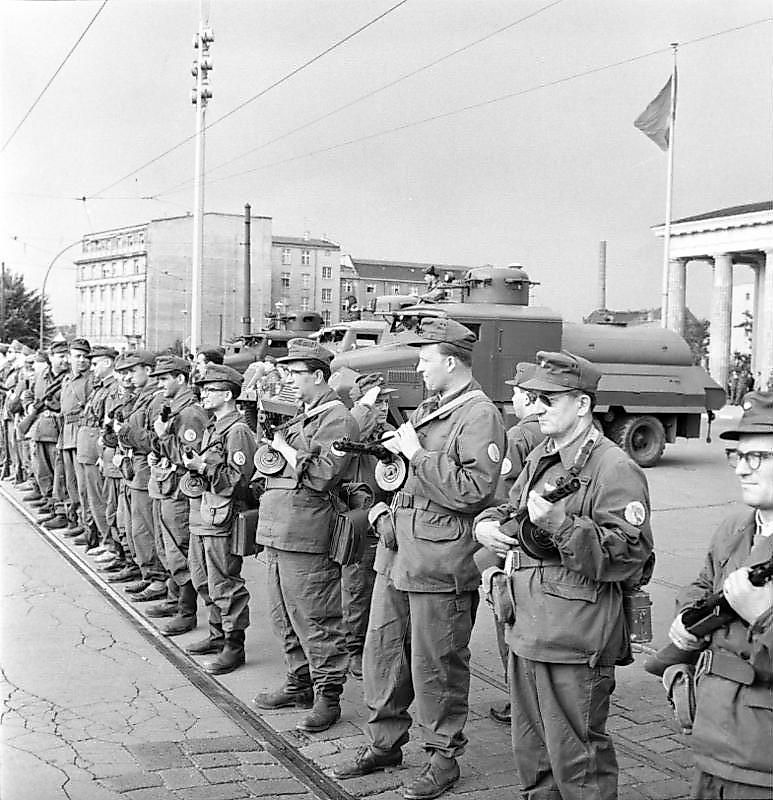
However, the capital, Berlin, was entirely in East Germany. Thus, it too was divided between the Soviets and the Western Allies. As the years went on, many Germans living in the East (as well as people from other Eastern Bloc countries) became dissatisfied with the standards of living. It had become clear that communism was unable to provide comparable living standards to capitalism. Hence, many immigrated to the West by using West Berlin as a transit hub. To prevent this population drain, the East German government constructed the Berlin Wall in 1961.
Perestroika And Glasnost
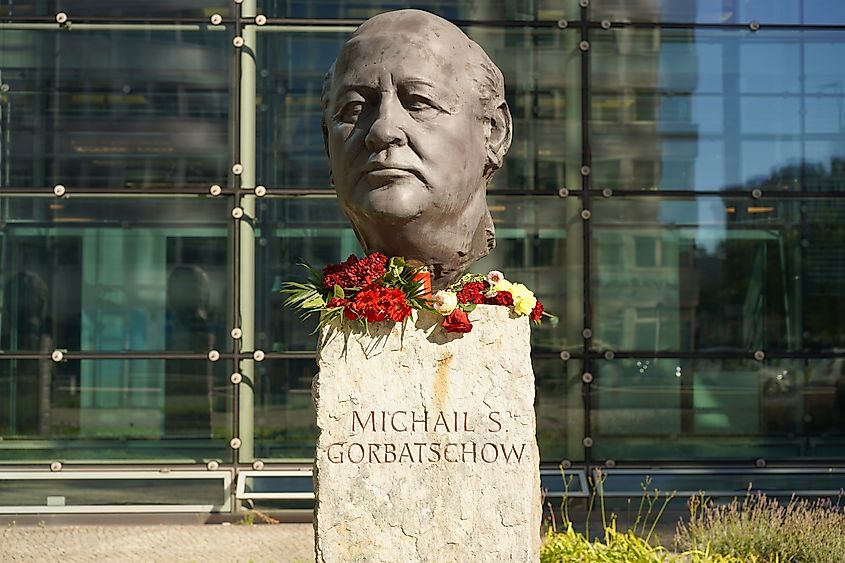
By the 1980s, the USSR was facing significant problems. The dysfunction inherent in its economic system had made Soviet citizens unhappy with the government. A lack of governmental transparency and civil liberties further compounded this unhappiness. Therefore, new General Secretary Mikhail Gorbachev proposed two main solutions to help fix these problems: Perestroika (restructuring) and Glasnost (openness).
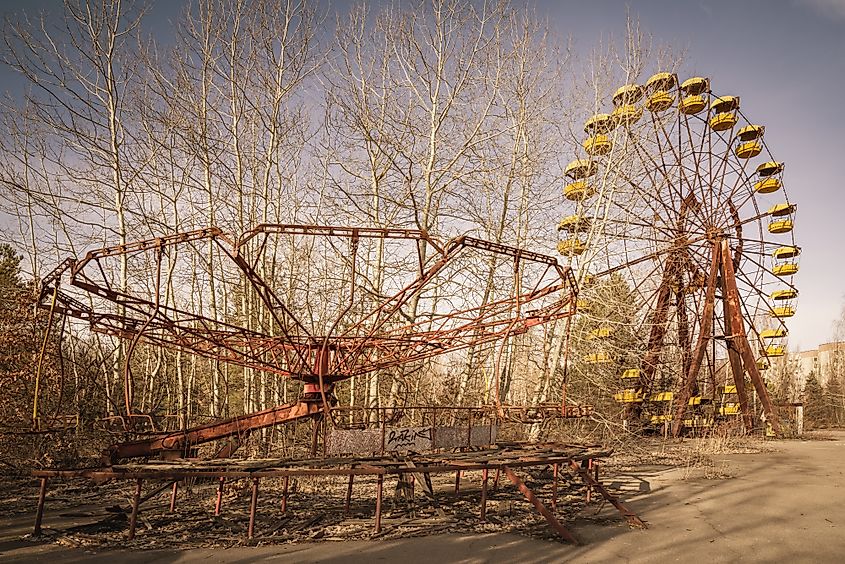
Perestroika entailed a moderate liberalisation of the Soviet economy, including limited forms of private business and foreign direct investment. As for Glasnost, it was initially only intended to allow for scholars to criticize the USSR in the hope that they would then provide solutions to its problems. However, the Chernobyl Disaster in 1986, in which a nuclear reactor in Ukraine overloaded and thousands were killed, quickly transformed Glasnost into something broader. Gorbachev's failed cover-up of the disaster angered Soviet citizens, with many accusing him of acting hypocritically due to his supposed policy of "openness". This prompted a wave of protests in the USSR, which quickly spread across the entire Eastern Bloc.
The Growing Tide Of Revolution
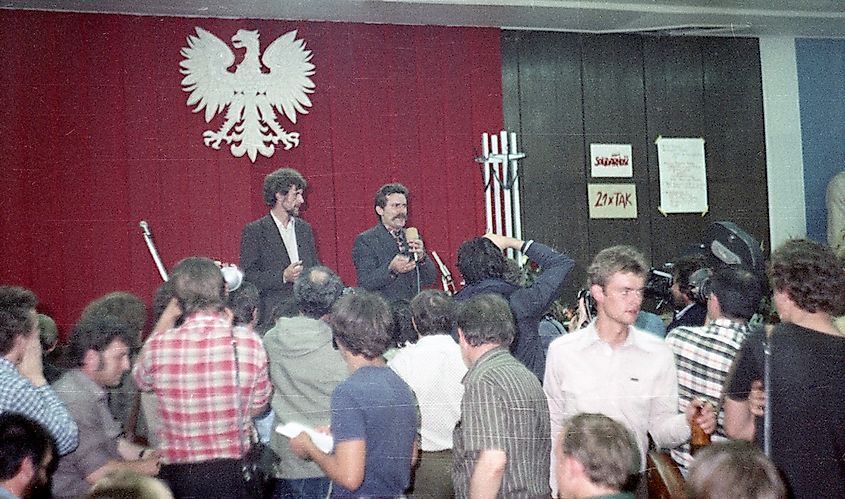
Protests against the Soviet Union (and communism more broadly) actually began in the early 1980s in Poland with the Solidarity labour movement. However, they took full force in 1989. For instance, in June 1989, Solidarity forced a semi-free election in Poland, which the Communists lost. In Hungary, reformers in the Communist Party also pushed for democratic reforms, resulting in the border between Austria and Hungary opening in June 1989. Thousands of Eastern Europeans subsequently moved to Western Europe. As would soon be seen, this first crack in the "Iron Curtain" quickly spiraled into a complete dismantling of the Eastern Bloc.
The Fall Of The Berlin Wall
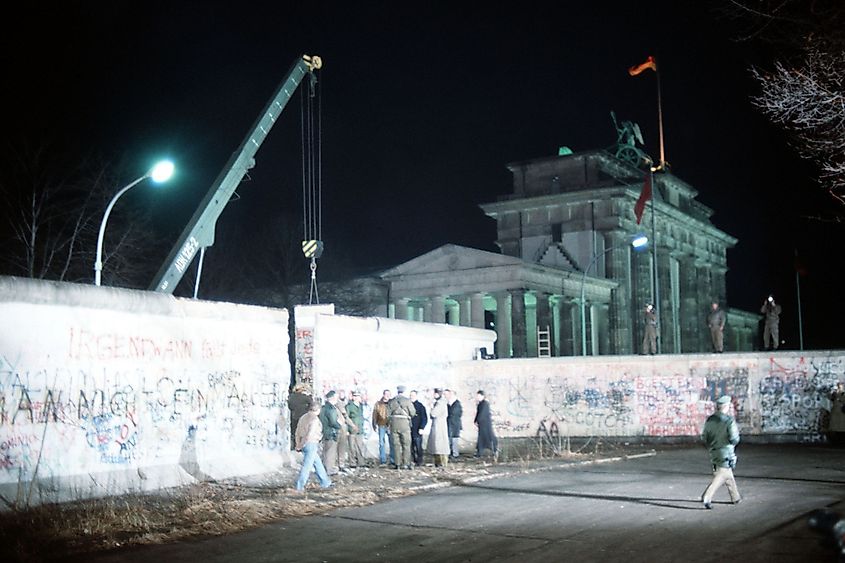
In September 1989, weekly protests began at the St. Nicholas Church in Leipzig, the second biggest city in the GDR. These "Monday Demonstrations" gathered more and more momentum and eventually moved to Berlin. This culminated on November 4th in a massive protest of over a million people at the Alexanderplatz public square. While not uniform in their demands, with some wanting Germany to reunify and others wanting more freedoms in East Germany, the sheer number of protestors forced a governmental response.
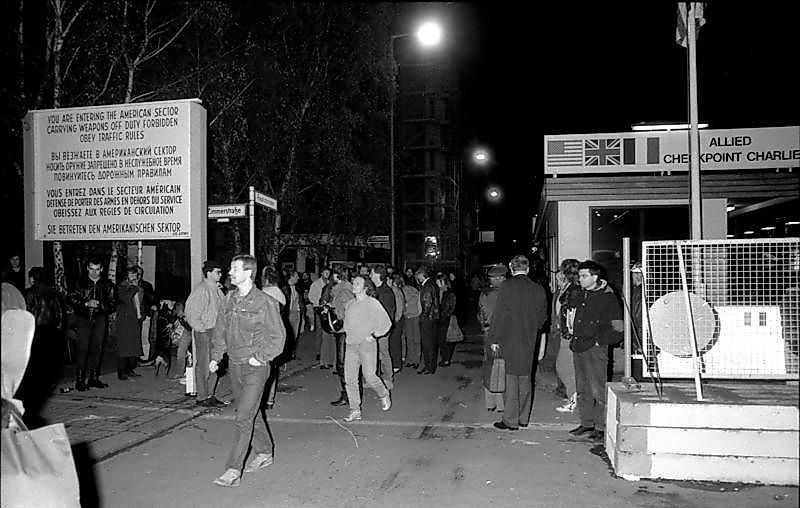
This response came on November 6 in a press conference by the unofficial spokesperson of the Socialist Unity Party of Germany (the ruling party of East Germany), Günter Schabowski. While he was only supposed to announce greater travel freedoms for East Germans, Schabowski's confusing language gave the impression that the border was to be completely opened. As the news spread, people began to gather at the wall, demanding to be let through. Overwhelmed by the number of people, Harald Jäger, commander of one of the main border crossings, opened the checkpoint on November 9. With this, people began to stream through freely, marking the effective end of the Berlin Wall.
Aftermath And Legacy
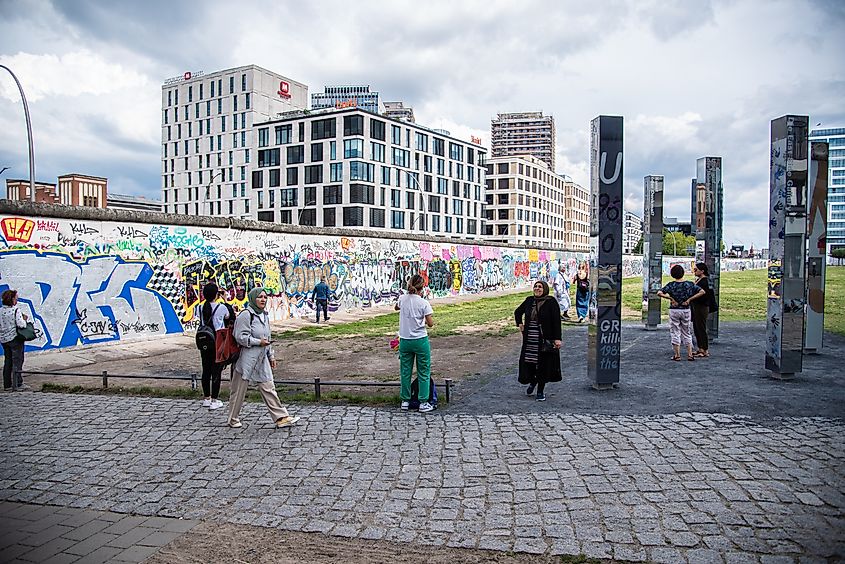
The fall of the Berlin Wall precipitated the disintegration of communist governments across Eastern Europe. East Germany quickly ceased to exist, reunifying with West Germany in October 1990. Furthermore, the Velvet Revolution in Czechoslovakia resulted in the peaceful transition to liberal democracy, as well as the subsequent division of the country into the Czech Republic and Slovakia. Bulgaria also transitioned to democracy in 1990. Finally, the 1989 Romanian Revolution was more violent, with dictator Nicolae Ceaușescu being executed via firing squad on Christmas Day.
As for the Soviet Union itself, many of its key constituent republics, including Estonia, Latvia, and Lithuania, declared statehood in 1990. However, the true death knell occurred when Russian nationalist and fierce critic of the USSR, Boris Yeltsin, was elected President of the Russian Soviet Federative Socialist Republic in June 1991. The end of Russian support for the USSR meant the effective end of the USSR itself, and the Soviet parliament voted the Soviet Union out of existence on December 26th, 1991.

